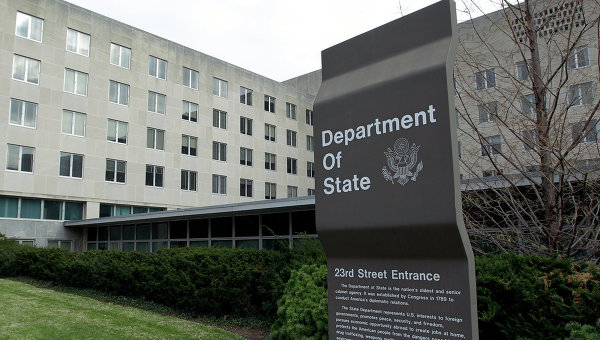
The stabilization of oil prices has eased the direct and indirect economic and fiscal pressures on the nine rated sovereigns in the Commonwealth of Independent States (CIS) region. Still, the region’s overall credit outlook for 2017 is negative, driven by subdued economic recovery, external vulnerabilities in those countries with high foreign currency debt and the likelihood that political considerations will delay structural reforms that would bolster potential growth, Moody’s Investors Service said in a report.
In 2016, Moody’s took negative rating actions for five CIS sovereigns after slumping oil prices weighed on the credit profiles of major oil and gas exporters and had knock-on negative effects for the economies of many other sovereigns in the region.
“CIS governments managed the oil-price shock with increasingly orthodox policies, such as floating exchange rates and tight fiscal and monetary policies. These have mitigated the effects of the collapse in oil prices, and positioned most CIS countries for a modest economic turnaround in 2017,” said Kristin Lindow, a Moody’s Senior Vice President and co-author of the report. “However, the macroeconomic outlook remains weak, and downside credit risks still dominate.”
All CIS sovereigns should grow slightly faster in 2017 than in 2016. Moody’s forecasts median growth to rise to 2.0% in 2017 from 1.0% in 2016, and a further rise to 3.0% in 2018. Somewhat higher oil prices are likely to enable policymakers in oil-exporting countries to partially roll back fiscal and monetary policy tightening, and oil importers will benefit from a modest pickup in remittance inflows.
Moody’s projects that Russia, the largest economy by far among the nine countries, will record positive, albeit modest, real GDP growth of 1.0% in 2017 after two years of recession. This upturn will lift the broader region due to trade and financial linkages. Only Belarus is expected to shrink again in 2017.
Geopolitical conflicts also will continue to weigh on the CIS economies, mainly because of the impact of Western sanctions on Russia and the conflict in eastern Ukraine but also due to the flare-up of aggression between Azerbaijan and Armenia. Of the nine CIS sovereigns rated by Moody’s, only Belarus and Kazakhstan are not engaged in a military conflict or border dispute with a neighbor.
Longer-term, growth is expected to remain weak and a key constraint on sovereign ratings in the region. With aging populations (except in the Central Asian countries, Kazakhstan and Kyrgyz Republic) and low productivity growth and absent the deep structural reforms that would overcome these trends, potential growth has dropped for most CIS sovereigns.
Those governments with greater fiscal resources and more flexible policies tend to be better positioned to address external vulnerabilities. Moreover, foreign currency inflows from oil and gas exports help cushion oil exporters after currencies have depreciated. Oil importers, on the other hand, remain more exposed because they also tend to have lower foreign exchange and fiscal reserves.








